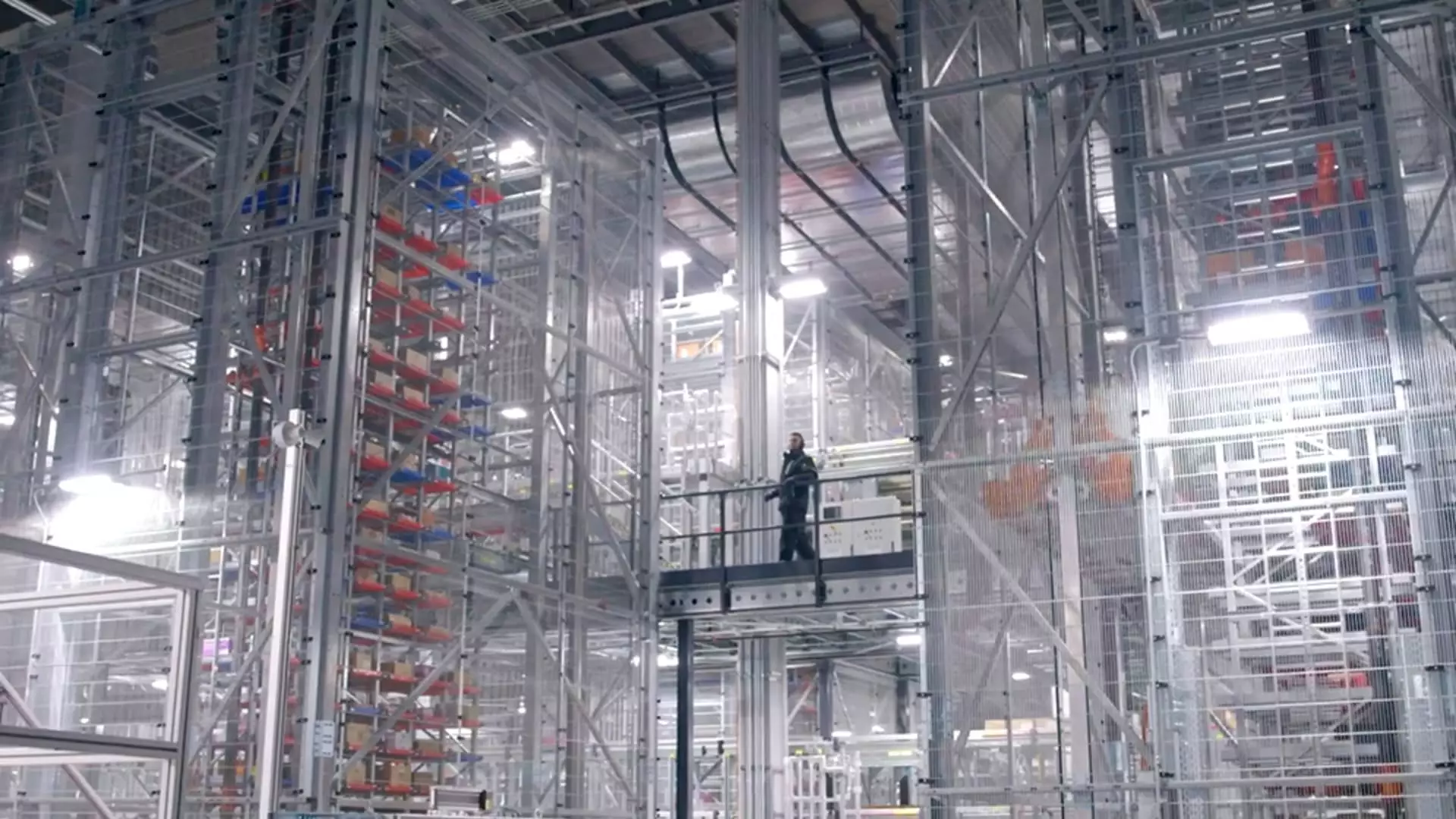Walmart announced its plan to open five automated distribution centers for fresh food in an effort to improve efficiency within its supply chain. These new facilities, spanning approximately 700,000 square feet each, utilize automation to store and retrieve perishable items such as fresh strawberries and frozen chicken nuggets. The implementation of automated processes reflects the retailer’s commitment to keeping pace with consumer demands, particularly in the realm of online grocery shopping.
Given the growing popularity of store pickup and delivery options, Walmart experienced a 22% increase in e-commerce sales in the U.S. during its most recent quarter. By automating its distribution and fulfillment centers, the company aims to streamline operations and enhance its ability to fulfill customer orders promptly. This transition towards automation, coupled with investments in higher-margin businesses like advertising, is anticipated to drive profit growth for Walmart in the coming years.
The adoption of automation technology enables Walmart to gain a more precise view of its inventory in real-time. By leveraging automated storage and retrieval systems, the company can efficiently manage stock levels, predict demand accurately, and reduce expenditure on safety stock. Additionally, these high-tech facilities boast twice the storage capacity and double the processing volume of traditional centers, contributing to cost-effectiveness and operational efficiency.
Walmart projects that by early 2026, around two-thirds of its stores will be supported by automation, with roughly 55% of fulfillment center activities being routed through automated facilities. This strategic shift towards automation is expected to drive a 20% improvement in unit cost averages. The company has already launched two automated distribution centers in California and Texas, with plans to open three additional facilities in South Carolina, Illinois, and New Jersey.
While automation promises enhanced productivity and operational efficiency, it is likely to bring about changes in the workforce structure at Walmart. The implementation of automated processes may lead to a reduction in certain manual labor roles, requiring a shift towards more technologically-oriented positions. As the retailer anticipates a transformation in its hiring needs, it aims to maintain or increase its overall employee count while adjusting job roles to align with the demands of automated distribution centers.
Walmart’s move towards automation in its supply chain signals a significant shift towards modernization and enhanced efficiency. By leveraging cutting-edge technology to optimize inventory management and order fulfillment processes, the retailer is poised to meet the evolving needs of consumers in an increasingly digital landscape. Despite the potential impact on job roles, Walmart remains committed to driving profitability and productivity through strategic investments in automation.

Leave a Reply